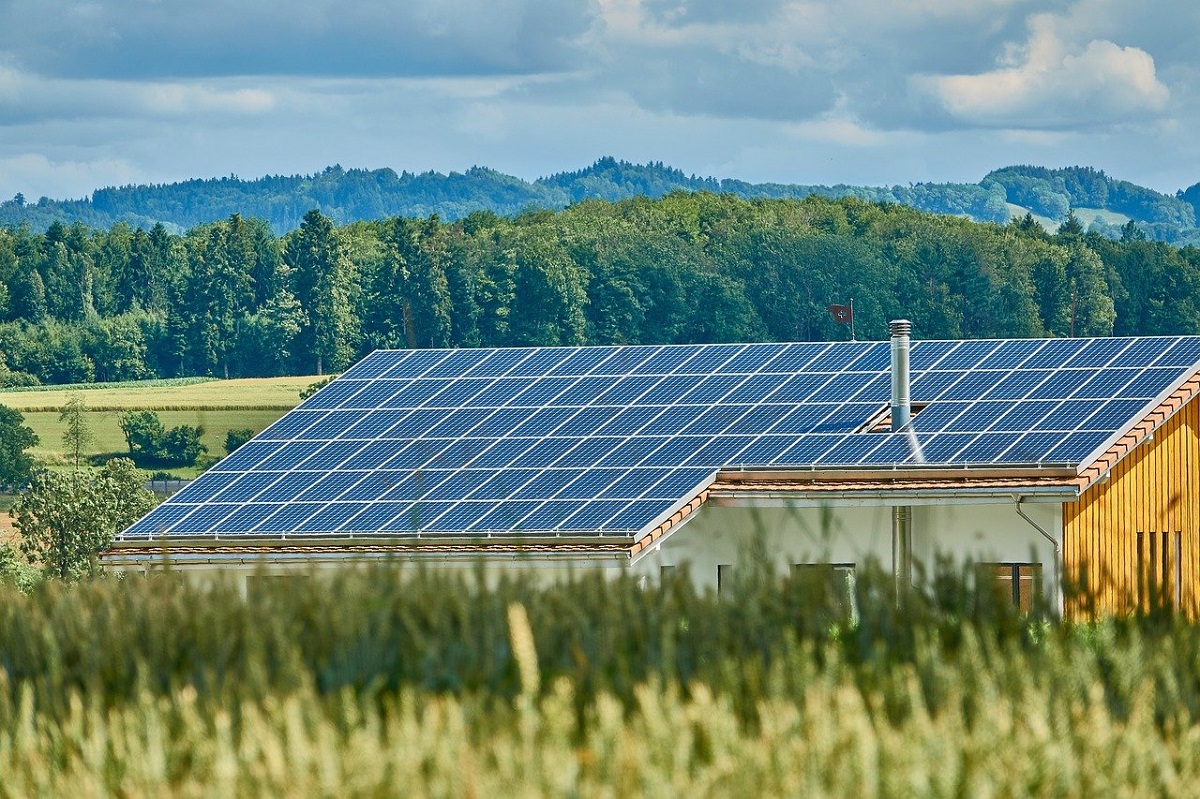University of Nottingham mathematicians analyzed data from smart meters to examine how grid composition changes over time and discovered that resilience fluctuates over the course of a day and that a high uptake of solar panels can make the system more vulnerable to failure. The research was published in Science Advances on March 2.
Domestic renewable energy generation is quickly expanding, with over one million small-scale solar photovoltaic (PV) systems installed in the UK. Despite the fact that these small-scale, renewable generators produce intermittent and low-output electricity, they are widely dispersed throughout and integrated into power networks in significant numbers. Household generating is an important component of renewables integration since it contains the ‘feed in tariff,’ which compensates producers for providing stored power back upstream to the grid. This power supply is unreliable, with generators going on and off periodically and families switching between roles as consumers and producers as daily and seasonal demand, as well as weather circumstances, alter. These variations have the potential to put the grid at danger of system collapse.
The study was lead by Oliver Smith, a researcher at the University of Nottingham, who explains that the growth of tiny, intermittent renewable energy sources is creating a fast shift in the structure and composition of the power grid. The functional structure of the grid can alter during the day as customers and small-scale generators arrive and go.
They analyzed how grid composition changes over time using data from smart meters in UK residences. Researchers then utilized a dynamical model to analyze how these modifications affect power system resilience to catastrophic breakdowns. They discovered that resilience fluctuates throughout the day and that a large uptake of solar panels might make the system more vulnerable to failure.
The initial part of the research looked at the theory behind modifying the proportion and size of generators by simulating a system with numerous small-scale generators, which revealed that the grid should be more durable than if only one power source was used. However, when the researchers added real-world smart meter data, they discovered that the reality for a network with numerous small-scale generators working at different times means the grid does not reach ideal levels for this resilience to be attained, leaving it vulnerable to failures.
In their investigation, the researchers observed that renewable energy stored in domestic batteries is mostly employed to lower household electricity bills, with little effort expended to lessen the likelihood of a network breakdown. They propose that the power supply from these batteries be planned in order to optimize power grid resilience.

